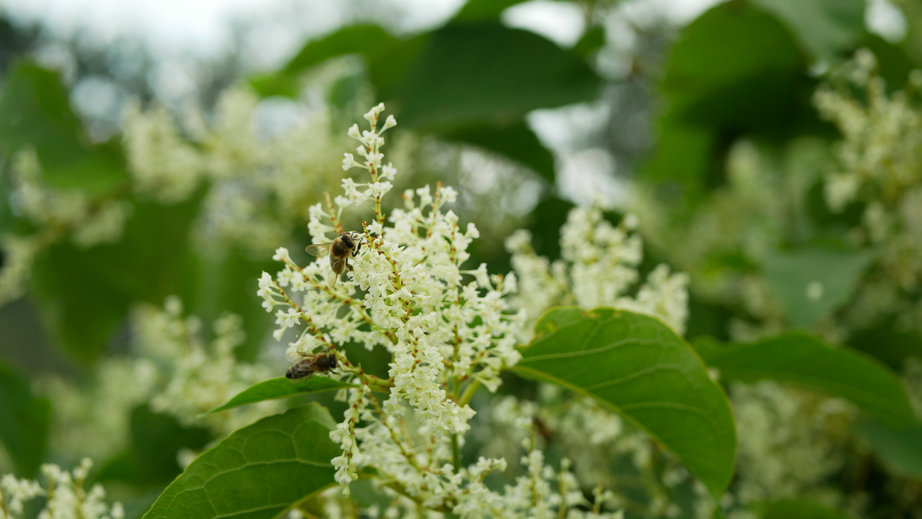
Identify the Japanese Knotweed
It is best to make sure the plant in your yard is Japanese knotweed before you prune shears, pull out your weed killer or even call your landscaper. It is, however, tricky to kill Japanese knotweed. Do not just rely on the information on the internet.
Japanese knotweed is a perennial weed since it dies during the winter months and grows back in the spring. It grows best in moist and sunny areas, such as riverbanks, lawns, and gardens. The weed grows up to around 10 feet. The roots can grow to around 20 feet deep.
It grows in clumps and its heart-shaped leaves are larger than the hand of an average adult. There are “knots” on its items. That is why it is known as “knotweed”. The flowers of the Japanese knotweed are cream-colored and they grow straight up and bloom between 6 to 8 inches tall.
Eradicate the Japanese Knotweed
You can use different eradication methods to get rid of the Japanese knotweed. You must, however, choose a suitable eradicated method, depending growth season of the Japanese knotweed. Japanese knotweed grows aggressively. You will, therefore, have to do regular yard work, such as excavating, shearing, and pruning, to minimize and maintain the growth of this weed.
It is best to use multiple eradication methods to increase the chances of getting rid of the Japanese knotweed in your yard. If you cannot pick the most suitable eradication methods to address the weed in your yard, talk to a professional. If you need to keep track of knotweed infection in your garden, it would be ideal for you to have a Japanese knotweed survey report.
Smother the Japanese Knotweed
It is best to smother the Japanese knotweed in the spring. This is because the Japanese knotweed begins to grow in the spring. Use a tarp to smother it and use heavy rocks to keep the tarps tamped down. This can kill the weed.
Cut down the tall stems close to the ground before you smother the plant. If there is debris in the area where the weed is growing, remove them. Once you cut down the stems and clear away the area, you can now place tarps over that area.
The sharp stems can, however, puncture the tarps to let sunlight in. Overlap the tarps to prevent this from happening. The dark environment is much better.
Use heavy materials, such as cinder blocks or rocks, to hold down your tarps and prevent the tarps from being blown away or moving.
New stems can grow to push your tarp up. It is better to walk over your tarp to stop new stems from growing. If the Japanese knotweed does not get enough sunlight, it cannot survive.
Do not remove the tarps until you are sure the weed has died. It is best to use smothering to kill Japanese knotweed in your yard. Smothering can, however, take longer to kill the weed. You can combine smothering with other eradication methods to kill the Japanese knotweed.
Cut Down the Japanese Knotweed
Cut down the weed in the summer. You can only suppress the Japanese knotweed, so you are less likely to completely remove it. Especially if you cut the weed back in the summer. Use this method with other eradication methods to completely eradicate the weed on your property.
Cut the stems of the plant to the ground. Cutting the stems stops photosynthesis in the summer. Once you cut down the stems and leaves, gather them to stop them from growing. If you leave them in your yard, they can root and grow again. If new stems emerge, cut them down.
Comments are closed